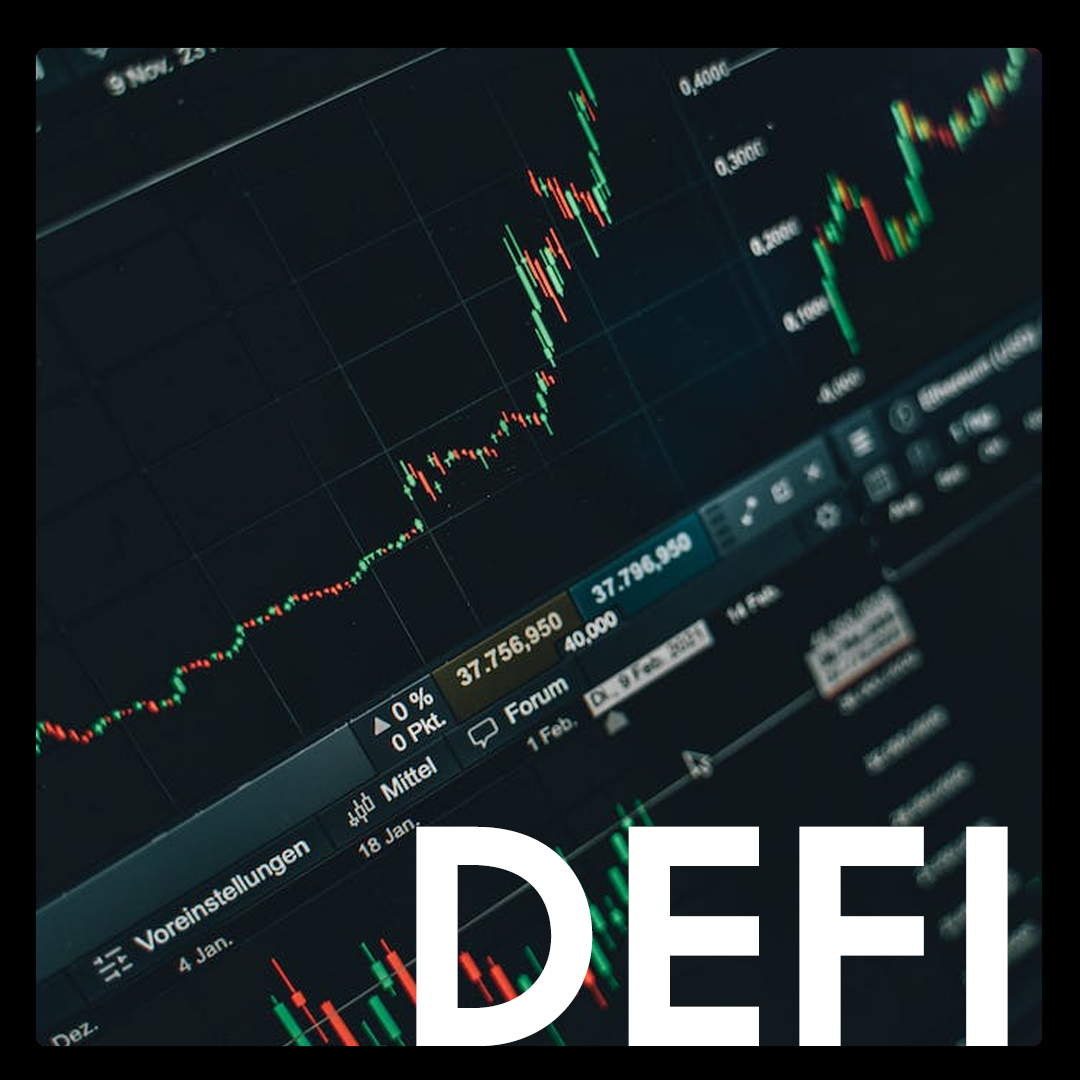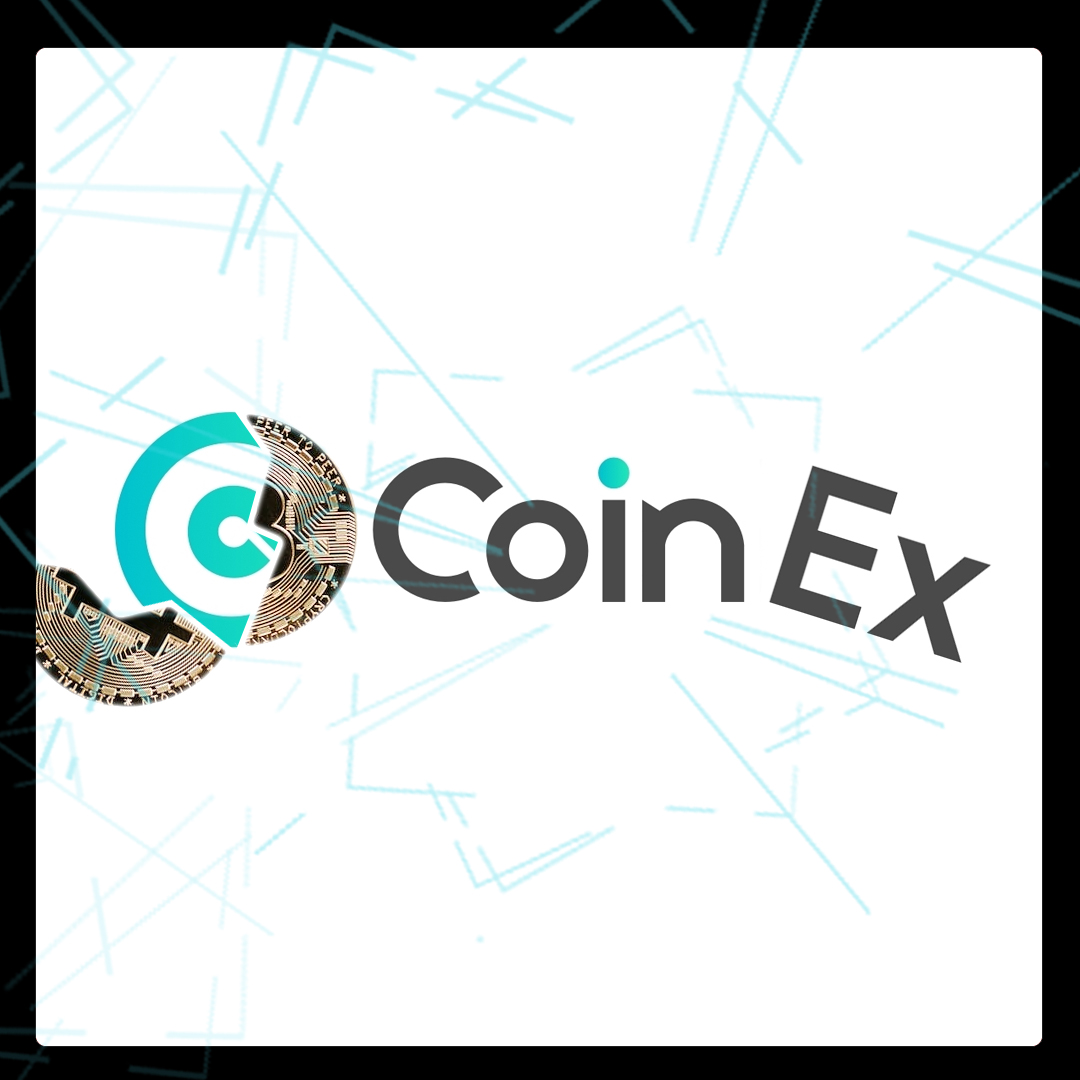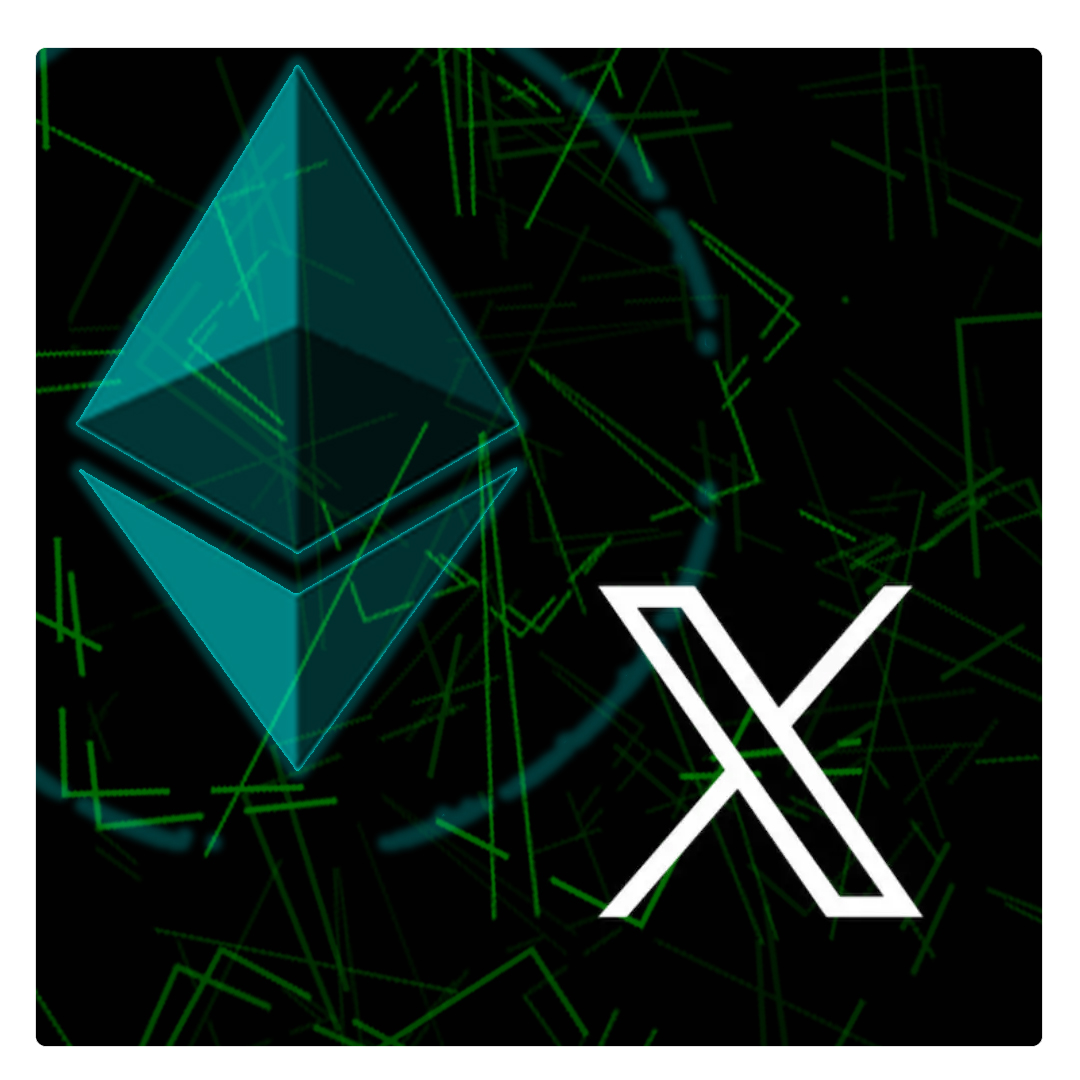|
thisCrowd - Audio Read
Getting your Trinity Audio player ready...
|
In the ever-evolving landscape of financial technology, a significant player has emerged: decentralized finance, commonly known as DeFi. This digital frontier is reshaping how we interact with money, promising accessibility, transparency, and a borderless financial world.
At its core, DeFi represents a financial revolution, offering a plethora of services on public blockchains, primarily Ethereum. These services encompass everything from earning interest to borrowing, lending, buying insurance, and trading derivatives. What sets DeFi apart is its departure from traditional banking systems – no more paperwork, no more intermediaries.
DeFi’s Key Features:
- Open Access: Anyone can participate in DeFi by creating a digital wallet, eliminating the need for lengthy application processes.
- Pseudonymity: Users aren’t required to disclose personal information, ensuring a level of privacy.
- Flexibility: Assets can be moved quickly and efficiently, bypassing the sluggishness of traditional transfers.
- Speed: Interest rates and rewards can update rapidly, sometimes as frequently as every 15 seconds, often surpassing those offered by conventional financial institutions.
- Transparency: All transactions are visible to participants, providing a level of transparency rarely found in the corporate world.
Operating within DeFi usually involves decentralized applications or dApps, predominantly built on the Ethereum blockchain. These dApps facilitate various financial activities without the need for a traditional bank account.
Here are some common ways individuals engage with DeFi:
1. Lending: Users can lend out their cryptocurrencies, earning interest and rewards, with earnings accumulating every minute.
2. Getting a Loan: Obtaining a loan is a breeze, free from the hassles of paperwork, and even offering ultra-short-term “flash loans” that conventional financial institutions rarely provide.
3. Trading: DeFi enables peer-to-peer trading of select cryptocurrencies, akin to buying and selling stocks without intermediaries.
4. Saving for the Future: Users can place their cryptocurrencies in savings account alternatives, reaping better interest rates compared to traditional banks.
5. Buying Derivatives: DeFi allows individuals to make long or short bets on assets, similar to the crypto version of stock options or futures contracts.
Despite its myriad benefits, DeFi isn’t without its challenges. Fluctuating transaction fees on the Ethereum blockchain can make active trading costly, and the relatively new technology brings inherent volatility.
Moreover, users must maintain their own financial records for tax purposes, with regulations varying by region. In the United States, the Federal Reserve and the Securities and Exchange Commission (SEC) oversee centralized financial institutions like banks and brokerages, which provide direct access to capital and financial services. DeFi challenges this system by empowering individuals with peer-to-peer digital exchanges, eliminating the fees associated with traditional financial services.
As DeFi continues to evolve, it presents questions about cross-border regulation, system stability, energy consumption, and hardware reliability. However, its promise of financial inclusion, reduced fees, and increased autonomy make it a force to be reckoned with in the world of finance. While Bitcoin played a pivotal role in laying the foundation for cryptocurrencies, DeFi takes the concept to new heights, offering a dynamic and decentralized future for finance.
















































